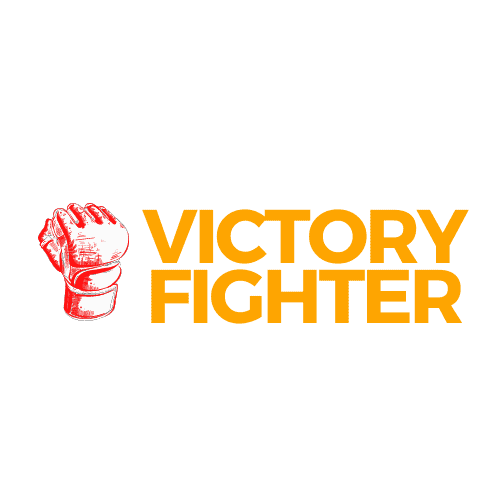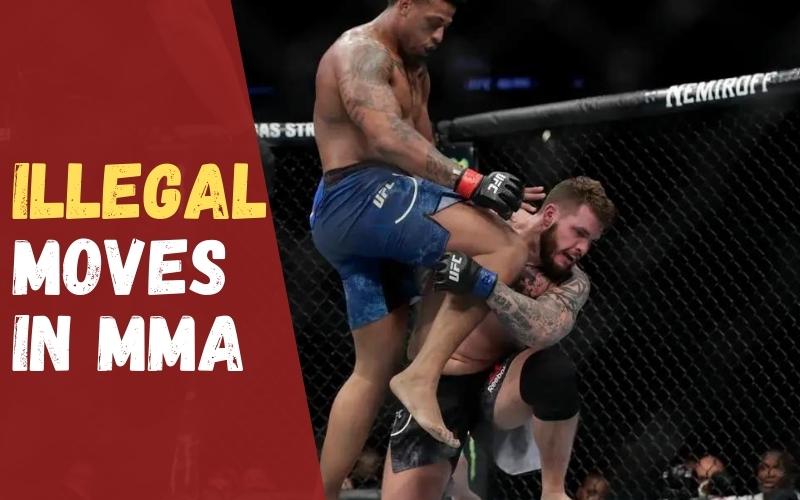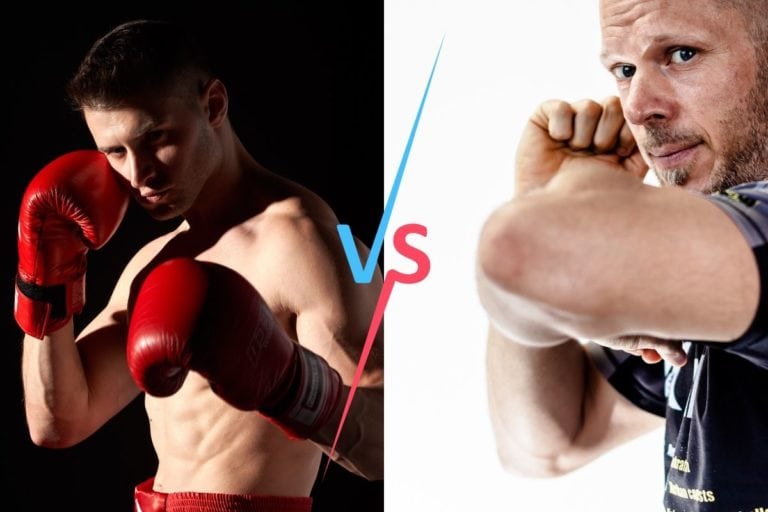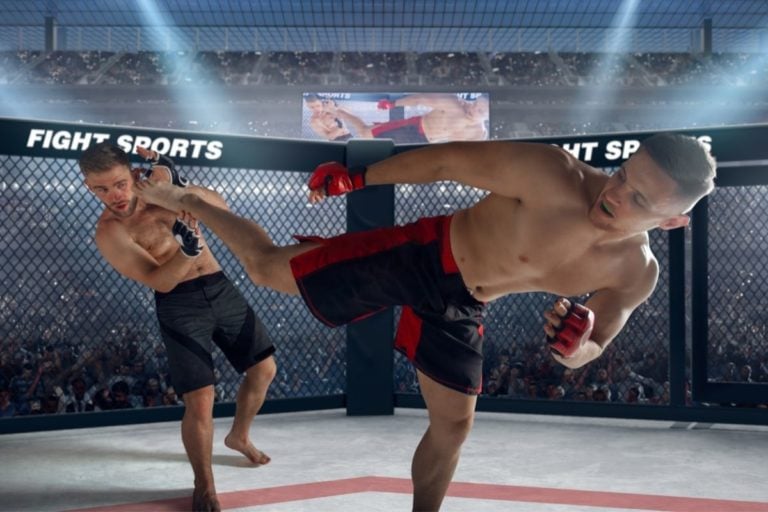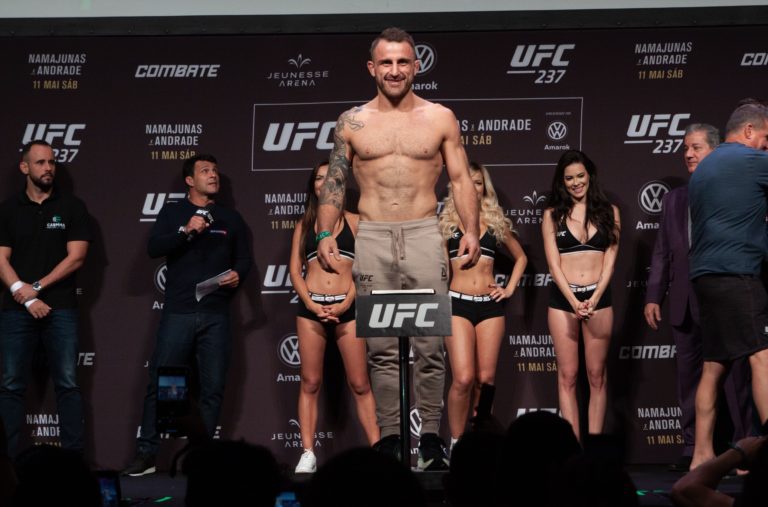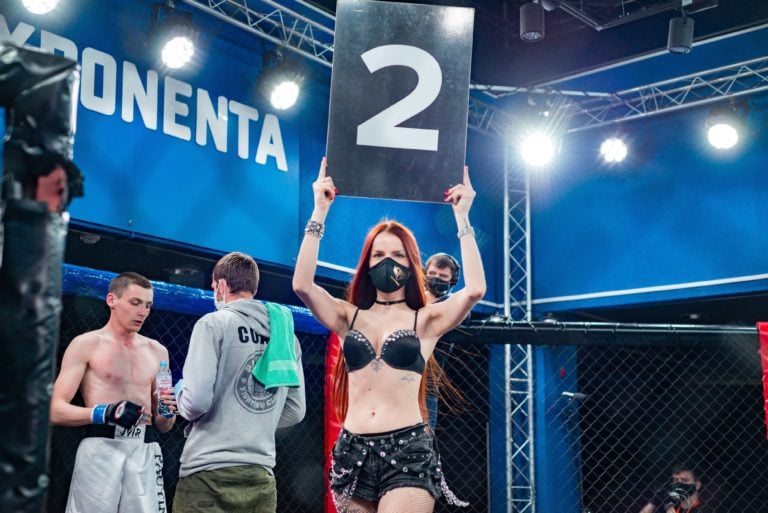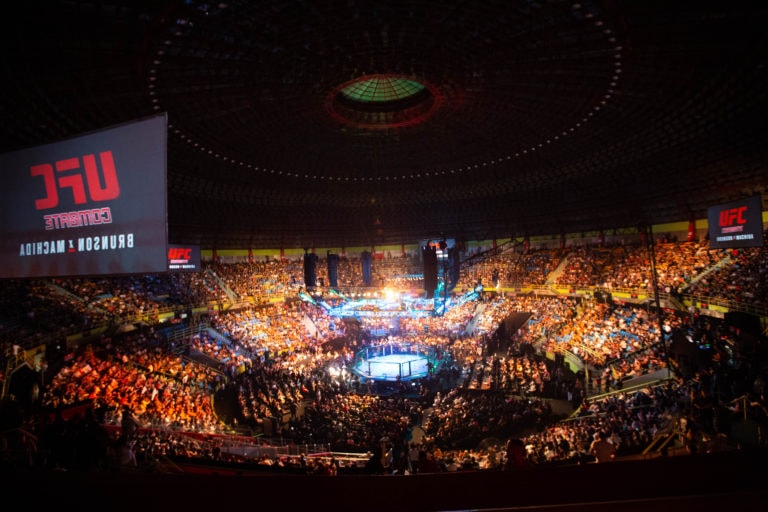Illegal Moves in MMA
Because of its unique blend of different martial arts and techniques, MMA is rightfully referred to as the closest thing to a real fight a sport can get. Nonetheless, it is a sport that must both entertain and protect the fighters.
Today, we’ll look at which moves are illegal in MMA, try to figure out why they were banned, and clarify some frequently misunderstood and misinterpreted ones, such as up kicks.
Unified rules of MMA
The meteoric rise of modern MMA started with the first edition of the Ultimate Fighting Championship. Although the slogan was “no holds barred,” there were still a few restrictions in place, like no eye gouging and biting. In the search for mainstream recognition and in the face of some serious backlash from popular figures banning the sport, the UFC quickly started introducing different rules and regulations that turned it into a sporting competition more familiar to American viewers.
Today, the UFC, Bellator, and generally every other major organization in America and Europe use the Unified Rules of MMA, adopted by the Association of Boxing Commissions in 2009. But not all popular organizations use these rules, though. MMA organizations in Asia have their own sets of rules, which are very similar with one stark difference- kicks and knees to a downed opponent are allowed. These widely popular and effective techniques were made famous during the golden era of Price FC in Japan and are still widely used in big promotions in Asia such as One FC and Rizin.
What moves are illegal in MMA?
Most of the banned moves in MMA are on the list for obvious reasons. They are either too dangerous for the fighters’ health or severely degrade the sportsmanship of the competition. Others, on the other hand, continue to spark debates about whether or not they should be in place. We start with the simple ones and then move on to the more interesting ones.
- Eye gouging of any kind
- Biting or spitting at an opponent
- Fish hooking (pulling the opponent’s mouth or nose with your fingers)
- Hair pulling
- Groin attacks of any kind
- Holding opponent’s gloves or short
- Holding or grabbing the fence or ropes with fingers or toes
All of these are self-explanatory, and we doubt that many of you would dispute their validity. So, let’s see which are the not-so-clear banned moves.
Head butting
in the early days, this “street” move was perfectly legal. Former heavyweight champion Mark Coleman used it extensively as a part of his ground and pound. Today, it is extremely rare to see a legal headbutt in any organization, but there are still analysts and fighters who believe there is nothing wrong with headbutts and that they should be allowed back.
Downward pointing elbow strike
This is a very controversial one. Also called the 12 to 6 elbow, the move is banned in the unified rules, but all other elbow strikes are not. Which does not make a lot of sense, as is also the opinion of most fighters. This rule is responsible for the lone “loss” in the otherwise stellar fighting resume of Jon Jones, who was disqualified for using it against Matt Hamill all the way back in 2009.
Spiking an opponent on his head or neck
Unfortunately for professional wrestling fans this extremely popular move is banned in MMA. Slamming someone flat on their head can damage the spine severely and it’s easy to see why it’s not allowed. Some slams do walk a fine line between right and wrong, but the rule at least forces fighters to be more careful.
Kicks and knees to the head of a grounded opponent
We arrive at the biggest difference between the UFC and Asian MMA. In the unified rules, kicks and knees to the head of an opponent on the floor are banned and have been for a very long time. In Asia, however, they are still allowed, and this changes the dynamic of the ground game quite a bit. Soccer kicks were banned as too powerful and dangerous, but studies show that kicks and even punches on the feet can generate the same amount of force to cause significant damage according to medical standards. Many fighters argue that elbows from the top are much more painful and dangerous than soccer kicks that usually land with the foot. Despite that, the rule does not appear to be going away any time soon, and this is perhaps more because of how “barbarous” soccer kicks look in the eyes of the uniformed public than their overall force.
Why are up kicks illegal in MMA?
The above rules strongly apply to up kicks as well. Generally, up kicks are not illegal in MMA under any rules set. They are one of the very few effective weapons that can be used by a fighter on his back. What is illegal in the UFC and most other organizations is kicks to the head of a grounded opponent. Now you may ask what a grounded opponent is. Under the active rules, a fighter is considered grounded if both palms, both fists, a knee, and/or other parts of the body are touching the floor.
Under this explanation, up kicking a standing opponent who is on his feet and trying to find a way to strike an opponent on his back is perfectly legal. But up kicking him if he’s already in guard and at least one of his knees is on the floor is illegal. Here is a perfect example of an illegal up kick in the UFC :
(this is also a prime example of in cage performance on the receiving end).
The rule does not specifically deal with up kicks, but with kicks to a grounded opponents in general.
Organizations that allow kicks to a grounded opponent naturally provide more opportunities for a powerful up kick to be landed. This adds yet another layer to the complexity of the mixed martial arts game. This opportunity for creativity is what brings MMA so many fans and what made it the fastest rising sport in the last two decades.
